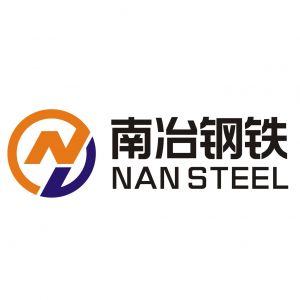Nondestructive Testing of Longitudinal Welded PipesPosted by chase Liu on March 22nd, 2023 Longitudinal welded pipe is a welded steel tube with the weld seam parallel to the pipe wall. There are many non-destructive inspection methods for straight seam welded pipes (such as ERW pipe), among which physical methods are also the most commonly used inspection methods. Physical inspection is a method of measuring or inspecting using some physical phenomena. The inspection of materials or internal defects of longitudinal welded pipes generally adopts the method of non-destructive testing. The current non-destructive testing includes magnetic testing, ultrasonic testing, radiographic testing, penetrant testing, etc. 1. Magnetic test Magnetic flaw detection can only find defects on the surface and near the surface of magnetic longitudinal welded pipes, and can only do quantitative analysis on defects, and the nature and depth of defects can only be estimated based on experience. Magnetic inspection is to use the magnetic flux leakage generated by the magnetic field magnetization of the ferromagnetic straight seam welded pipe to find the defect. According to the different methods of measuring magnetic flux leakage, it can be divided into magnetic powder method, magnetic induction method and magnetic recording method, among which the magnetic powder method is the most widely used. 2. Penetration testing Penetrant inspection is to use the physical characteristics of certain liquids such as permeability to find and display defects, including coloring inspection and fluorescent flaw detection, which can be used to inspect the surface defects of ferromagnetic and non-ferromagnetic materials. 3. Radiographic flaw detection Radiographic flaw detection is a flaw detection method that uses the properties of rays that can penetrate substances and have attenuation in substances to find defects. According to the different rays used in flaw detection, it can be divided into three types: X-ray flaw detection, γ-ray flaw detection, and high-energy ray flaw detection. Due to the different methods of displaying defects, each type of ray inspection is divided into ionization method, fluorescent screen observation method, photographic method and industrial television method. Radiographic inspection is mainly used to inspect defects such as cracks, incomplete penetration, pores, and slag inclusions inside the welds of longitudinal seam welded pipes. 4. Ultrasonic flaw detection Ultrasonic waves can be used in the inspection of internal defects due to the reflection on the interface of different media in the propagation of metal and other homogeneous media. Ultrasound can inspect any weldment material, any defect in any part, and can detect the defect position more sensitively, but it is difficult to determine the nature, shape and size of the defect. Therefore, ultrasonic flaw detection of straight seam welded pipes is often used in conjunction with radiographic inspection. Like it? Share it!More by this author |


